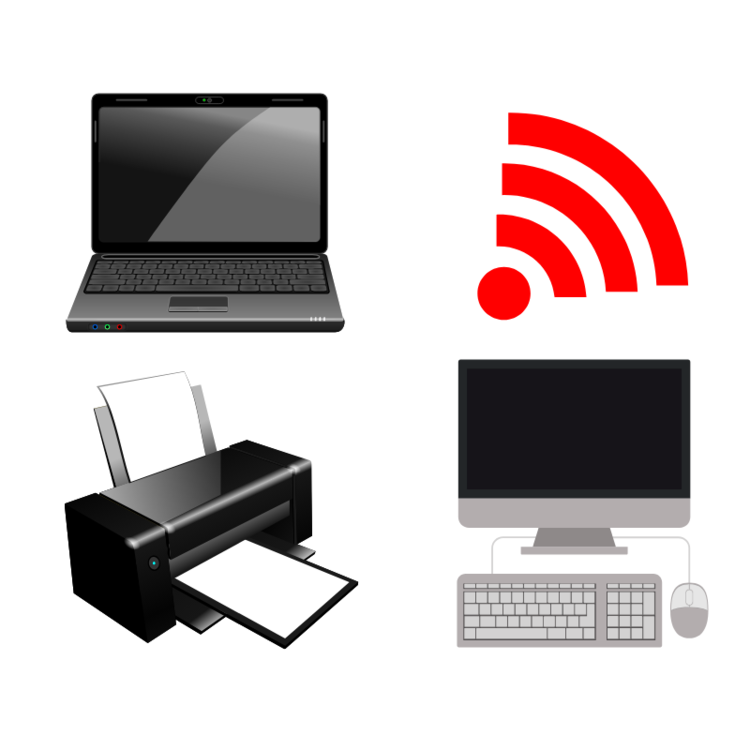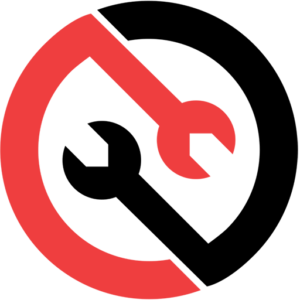Your business started with an idea to pursue a product to make or a service to offer. When your business began, your information technology (IT) needs were simple. You needed one computer and an internet connection.
But as your business grows, you add employees and things change. Now you need more hardware. You add digital tools to communicate, collaborate, and be productive. You need to think about security and backing up data. Downtime becomes more expensive; you need to pay wages, whether your people can work or not.
In today’s competitive environment, technology isn’t something you can ignore. This guide outlines IT essentials to better achieve your objectives with business technology.
A is for All the Hardware You’ll Need
Maybe you started out working on your desktop at home and your phone. But as you add employees, you need to think more about computer hardware.
No matter how disinterested in tech you may be, you know your desktop from your laptop. Why, though, would you prefer one over the other for your business needs?
If you’re sitting for hours being productive, the desktop’s bigger screen and keyboard are better. The desktop typically runs smoother, as it has full-sized parts and is more powerful. When you go with desktops, though, you’re also going to need proper desks and chairs for people to sit at.
Laptops enable mobility. You can bring a laptop to the office, home, to a client’s office, and on travel, and always have access to all that you need. Laptops today are increasingly compact but compete with desktops for power and speed. Still, hunching over a laptop’s smaller screen for hours on end is not healthy and can affect productivity.
Tablets today are another powerful tool for business on the move, but these handheld devices make it more difficult to do large amounts of work. Plus, they are not as feature-rich as a laptop. Yet they enable scanning documents and staying current on business communications, wherever you are, and with less physical strain.
All of this hardware may connect to a server. You may have seen a big, beefy computer in a cupboard somewhere at a workplace. That’s the server. It’s the Hercules of computers designed to run 24/7, long-term. This powerful computer processes requests and delivers data. It’s the centralized brain running your business software and storing files. Servers with lots of storage can also be a backup location for your data.
Servers can be located in your office or off-site. Some businesses prefer on-site servers so that they keep full control, but this option is expensive. Servers need maintenance and upgrades, and they take up real estate and utilities. So, many businesses today have servers in the cloud (we’ll get to the cloud in a bit).
Other hardware you need to know about? Modems and routers. It’s easy to get these two confused, but the modem is a device that connects you to the internet. In a home office, you might connect your modem to your computer using an Ethernet cable. Then, when you add people, you want more computers to have access to your network. That’s where the router comes in. A router lets you wirelessly connect devices (laptops, smartphones, tablets, speakers, and more) to your private network via Wi-Fi.
Modem and router combo devices are available, and mesh networks are gaining momentum when one wireless router isn’t cutting it. A mesh network uses many access points to capture and rebroadcast routing signals.
B is for Business Collaboration and Communication
We promised to explain the cloud. It sounds whimsical, but what are we talking about when we say someone is doing business in the cloud? They’re taking advantage of a pool of computing resources off-site. You don’t need to invest in owning, managing, or maintaining on-site equipment. That also means reduced real estate and utility needs. Another advantage of cloud computing is its scalability. Effectively renting access to a server, storage, or software lets you add or drop users when you need to.
With cloud backup, a business also gains a security backup. The data may be copied to data centers around the world. It ensures continued access in case a disaster strikes one location.
The cloud also enables collaboration and communication. Users enjoy access to always-on features from any internet-connected device. Before, you would have had your email on your local computer or server in your office. Employees would run their own versions of Microsoft Word/Excel/PowerPoint.
Cloud computing has changed that. You can pay a small amount per year for the Microsoft Office Suite and email hosting on a cloud server. This gives your employees greater mobility. They can enjoy a consistent computing experience on any device.
Plus, employees stop having to email documents around and lose track of revisions.
With the cloud, people can communicate and collaborate on documents in real-time. You can even see the words they write appear as they type in that one, shared file. It prevents mistakes and having to do work over again. All this can make your employees happier, which improves productivity and engagement.
C is for Cybersecurity
Cybersecurity is another essential that even the non-techie business owner needs to understand. Digital transformation lets us communicate and collaborate more effectively and streamline work processes. Yet while you’ve been building your business, the cyber bad guys are expanding their efforts, too.
Don’t think that a cyberattack won’t happen to you. No matter the size of your business or your industry sector, you could be a target. Here’s what you need to watch out for.
Malware is an umbrella term for all kinds of malicious software. This catch-all term can include viruses, spyware, and ransomware.
Viruses infect your computer to corrupt systems or destroy data. Computer viruses are designed to spread when:
-
someone downloads a file or software they think is legitimate
-
an employee opens an attachment or clicks on a link in a spam email
-
people surf the internet and visit a site disguising itself as what they were looking for
-
criminals take advantage of software flaws to infect your systems
To prevent infection, you need antivirus protection. Also, you should keep software and operating systems up to date with patching/security updates. Don’t wait to install the latest “bug fixes.” As long as you’re online, you’re always going to be vulnerable to viruses.
Spyware is a type of malware designed to spy on you. Users are unaware as the software gathers personal information from your computer. It might be letting advertisers or data firms know your surfing habits, or relaying login, password, credit card, or bank account details to identity thieves.
In ransomware attacks, criminals encrypt your data and demand money for the decryption password. In ransomware attacks, criminals encrypt your data and demand money for the decryption password. They might even threaten to publicize your data if the ransom goes unpaid.
All that, and we did the first three letters of the alphabet only! Increase your productivity and protect your business with D and E. Our “D is for Digital” and “E is for Expert” consultants can help you make the best decisions for your IT needs.
You focus on what you know, and we’ll do what we do best. Contact Joe Apps Technology Support by calling 1-866-563-2771.





